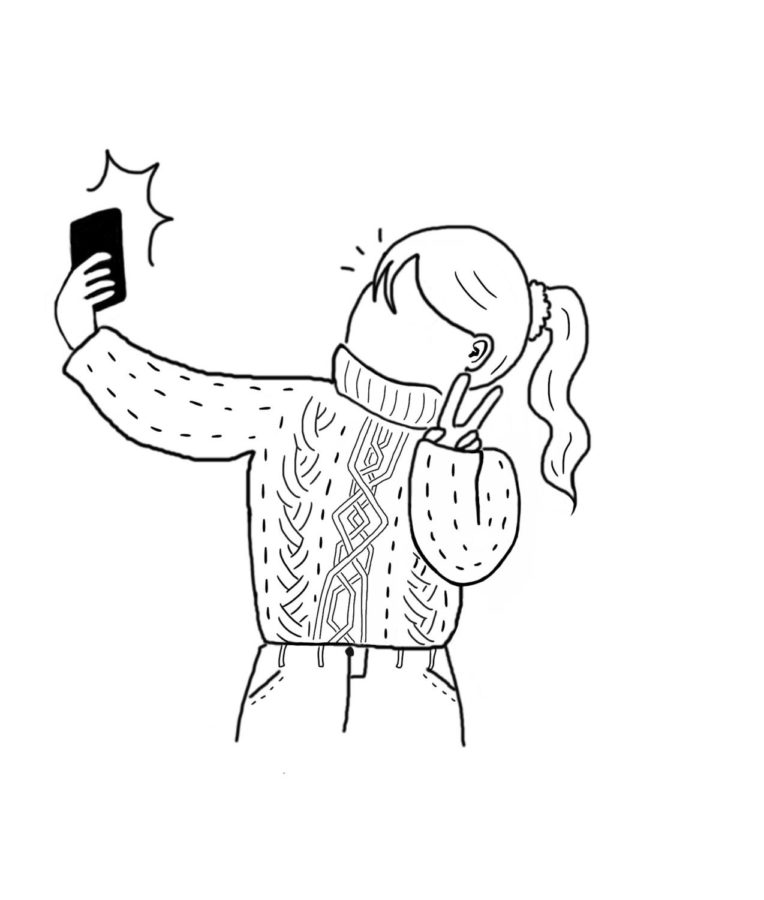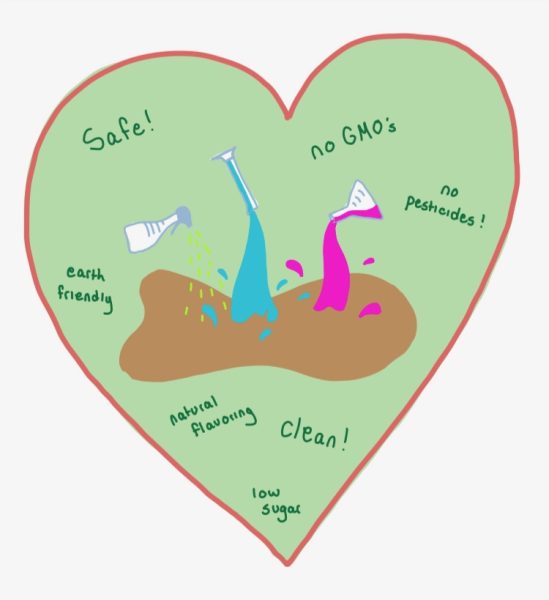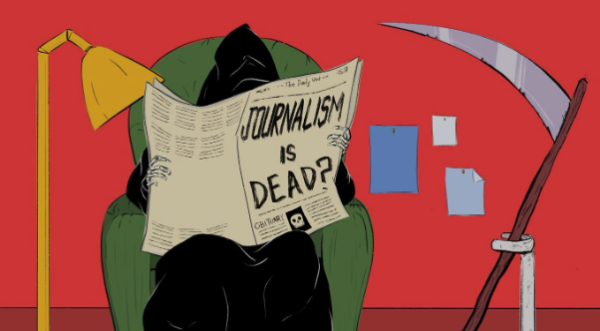The Truth of the Selfitis Disorder
It seems nowadays that many Instagram accounts are dominated by selfies. It is evident that some are attempting to take a selfie with every combination of unique backgrounds and filters. While this may seem like a harmless habit, it may be indicative of the dreaded “selfitis” disorder according to studies conducted by researchers from Nottingham Trent University and Thiagarajar School of Management. The general public needs to be aware of its symptoms and help those afflicted rather than simply shrug it off as a non-issue.
Selfitis is commonly categorized into three different classifications: borderline, acute, and chronic selfitis. Borderline selfitis refers to the scenario in which an individual takes at least three selfies a day without posting them on social media. On the other hand, acute selfitis describes when a person takes at least three selfies a day and posts each of them on social media. However, these two classifications are relatively harmless when considering the feared chronic selfitis. This particular category entails a strong compulsion to constantly take selfies; those afflicted take more than six a day and post them all on social media. It has been discovered that selfitis is most common among teenagers and young adults while it more frequently affects males over females.
While most may simply shrug off this issue as insignificant, it is important to consider the damaging effects this disorder may have on the lives of those afflicted. Especially with those suffering from chronic selfitis, the act of taking selfies consumes a person’s conscience to the point of it invading his or her dreams. Sadly, the vast majority of people are unaware of the missed homework assignments and forgone social events that have resulted from time spent thinking about or taking selfies. Unfortunately, those who are not affected do not understand the horrors that selfitis victims go through on every single day.
If one recognizes that they fit into any of these categories, it is imperative that they understand that they are not alone. Countless people spam their Instagrams, Twitters, and Snapchats with meaningless photos of awkward smiles in front of a variety of strange backdrops. Once one accepts that they possess this selfitis affliction, they must put their phone down and talk to others about taking action to end such a destructive and unhealthy compulsion.
Hello there! Our goal is to provide relavent, engaging journalism for readers of all ages. Your donation will support the student journalists of the Wolfpacket at Claremont High School, and will allow us to purchase equipment, print our monthly issues, and enter in journalism competitions. We appreciate your consideration!

Travis Davis is a senior at Claremont High School and it is his first year as a reporter in Wolfpacket. Travis’ extracurricular activities include...














